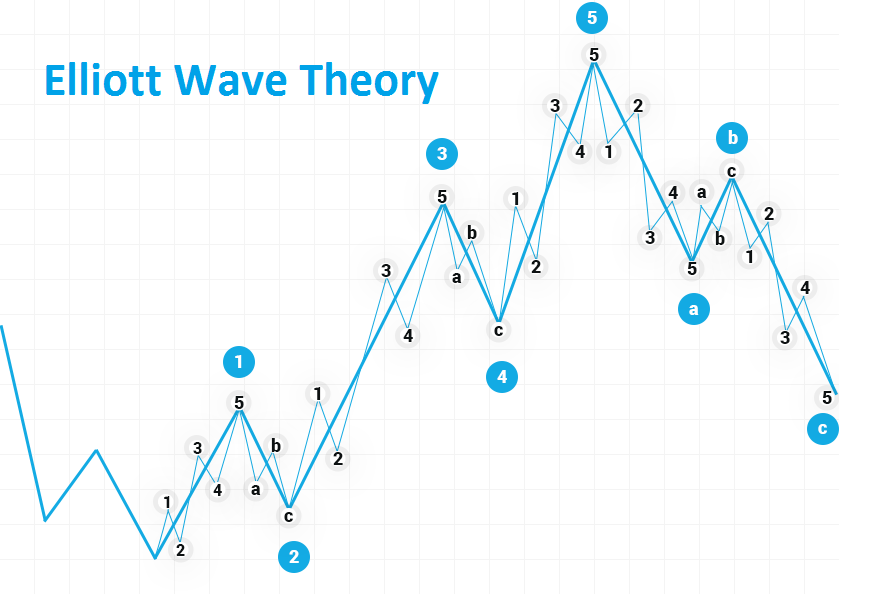Morning Star
The Morning Star
For the sake of simplicity, a bearish candlestick is one in which the stock's closing price is lower than its opening price, meaning that the price has fallen during the day. In contrast, a bullish candlestick is one where the closing price is higher than the opening price because the price has risen throughout the day. With that in mind, let us know as we take a closer look at the construction and key features of this popular candlestick pattern.
What is the difference between Morning Star and Evening Star candlestick patterns?
The main difference between the Morning Star and Evening Star candlestick patterns is that the Morning Star is considered a bullish indicator, while the Evening Star is considered a bearish indicator. The Evening Star has the center candle at a higher high than the two side candles with a gap up followed by a gap down, while the Morning Star has the center candle at its highest low with a gap down followed by a gap up.
An example of a morning star trade
Morning star patterns can be used as a visual signal of the beginning of a bearish to bullish trend change, but they become more important when they are supported by other technical indicators, as mentioned above. Another important factor is volume, which contributes to pattern formation. Typically, a trader wants volume to increase during the three sessions that make up the pattern, with the highest volume occurring on the third day. The high volume on the third day is often seen as a confirmation of the trend (and the subsequent uptrend) regardless of other indicators. A trader takes a bullish position on stocks/commodities/pairs/etc. a. while the morning star forms in the third session and doubles the uptrend until there are signs of another reversal.
Trading Morning Star Candlestick Pattern.
As mentioned above, the appearance of a morning star pattern is not as common as the appearance of a single candlestick pattern. They are more difficult to detect apart from the fact that you have to meet almost all four conditions before you can check them. In this case, we have the daily chart AUD USD. The price traded lower to the point of reaching a new short-term low. Before this candle, there is a long bearish candle that indicates a strong downtrend. However, the sellers fail to force a close near the session low and the price rises to create a doji candle, indicating indecision on the part of buyers and sellers. The next candlestick is a long bullish candlestick that forms the morning star pattern. We can now be almost certain that the bullish reversal will start soon.
The Difference Between a Morning Star and an Evening Star.
The Morning Star is a bullish reversal pattern found at the end of a downtrend. The first candle is bearish. The second candle has a small body. It doesn't matter if the second body is bullish or bearish (although a bullish body with little or no upper wick indicates more bullish power). The small body serves as an indicator that the bears are losing their ability to drop the market. It is also possible that the second candle has no body (a doji). The third body is bullish and closes within the first candle, preferably above the midpoint of the first candle. This shows that the bulls are taking control.
The Formation of the Evening Star Candlestick.
The Evening Star is the retrograde counterpart to the Morning Star pattern. The Evening Star is a reversal pattern and appears after an uptrend.
The first candle has a strong bullish body.
The second candle has a small body. It can be bullish or bearish. It is also possible that the second candle has no body (a doji).



Comments
Post a Comment